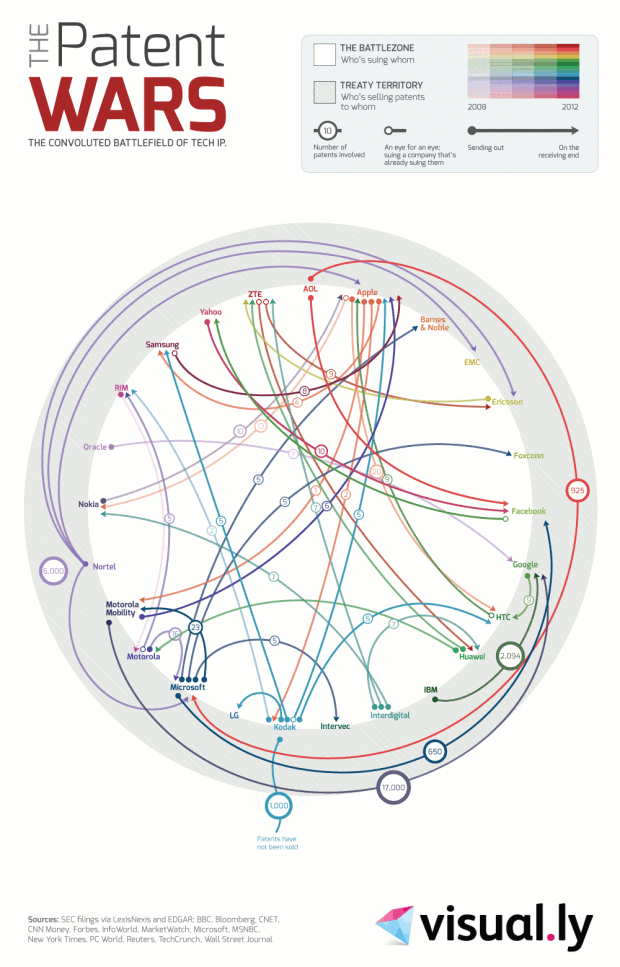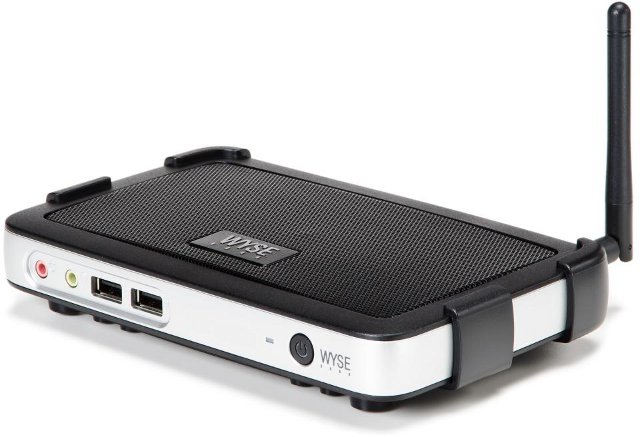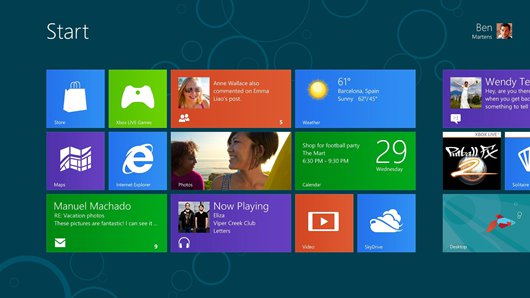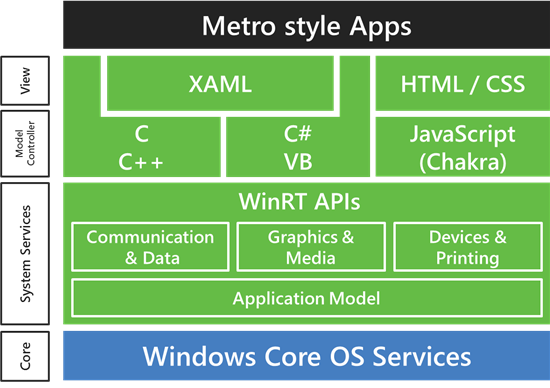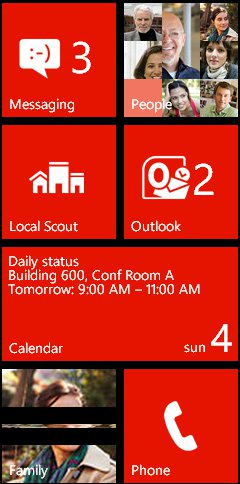Don’t get me wrong Qualcomm makes awesome processors, but as a blogger I already had a fairly negative opinion of Qualcomm when it comes to press releases about their new processors since they usually do not release any details. Yet I was naively thinking I could learn about Qualcomm upcoming products at their keynote, and I was (mostly) completely wrong. If you haven’t watched it yet and want to enjoy a 1h30 show, go watch the on-demand video, where you’ll see current Windows RT products based on Qualcomm, upcoming movies (Pacific Rim and Star Trek), Big Bird, Nascar and Maroon 5. However, if you want to learn about Qualcomm and be fed with geeky stuffs, don’t waste your time. I’ve still been able to extra a little bit of useful information, and got some more info from other sites, and amazingly Qualcomm’s own press releases. Unless you’re high after smoking […]
Technology Patent Wars Infographic
You may have heard of patent fights between Samsung and Apple with ensuing delays in product launches, or even the recent Oracle vs Google patent fight. Visual.ly has created an infographic about the rampant patent wars in the US Tech Industry which shows just how messy patent fights in US courts are. This must really be a boon for lawyers. The external ring of the chart shows the alliances or patent purchases between companies. The busiest companies on the patent war front seem to be Apple, ZTE and Microsoft. Google is by far the company who bought the most existing patents mainly from Motorola Mobility (17,000 patents) and IBM (2,094 patents). Via visually. Jean-Luc Aufranc (CNXSoft)Jean-Luc started CNX Software in 2010 as a part-time endeavor, before quitting his job as a software engineering manager, and starting to write daily news, and reviews full time later in 2011. www.cnx-software.com
Wyse T10: Thin Client Powered By Marvell ARMADA 510 SoC
Wyse Technology has announced a new thin client: the Wyse T10 running Wyse zero framework (aka ThinOS), powered by Marvell ARMADA 510 SoC (ARM v7 core) and supporting virtualization solutions by Citrix, VMWare, Marvell, Microsoft and Quest Software. This is the second device based on Marvell 510 SoC after the Wyse T50 announced last year running Wyse enhanced Ubuntu Linux. The company claims the Wyse T10 is the first platform in the industry to include Wyse optimized versions of the Citrix Receiver and Microsoft Remote Desktop Protocol (RDP) 7.1 technologies, leveraging 2D hardware acceleration capabilities of Marvell ARMADA 510 SoC. This optimized 2D graphics remoting stack enables high-end features such as HD video, dual monitor connectivity and L-shaped desktop support, features that are usually only supported by more powerful Intel/AMD x86 clients. The following virtualization solutions are supported: Citrix XenDesktop 5.5 VMware View Microsoft Remote Desktop Services (RDS) Quest vWorkspace […]
Microsoft Unveils Windows 8 Consumer Preview at MWC 2012
Earlier this month, Microsoft announced they would be releasing Windows 8 Consumer Preview at the end of February, and they have done so yesterday with an official announcement at Mobile World Congress 2012, in Barcelona, Spain. During the event, they showcased ARM tablets based on Nvidia Tegra 3, Qualcomm Snapdragon S4 and Texas Instruments OMAP 4/5, as well as tablets, ultrabooks, laptops and touch PCs based on Intel meldfield and clove trail. All those devices are reference platform for developers and not actual products although Microsoft expect manufacturers to use those reference designs to build their products. The Touch PC used a an interesting screen which could be positioned vertically (like a normal screen). horizontally (like a surface PC) and at an angle for use cases such as an architecture reading a plan or an artist drawing a painting. They also showcased a very large touchscreen that could be used by […]
Microsoft Provides Windows 8 On ARM Technical Details
Steven Sinofsky, President of the Windows Division at Microsoft, has written a long blog post entitled “Building Windows for the ARM processor architecture” where he explains how Windows On ARM (WOA) will be deployed, the steps they took to develop it and what developers can do to program or port existing apps to Windows 8. Here are some keys and interesting points I noted: WOA and Windows 8 for x86/64 PCs will ship at the same time and the user experience should be the same for consumers on both platform. WOA PCs will be powered by Texas Instruments, Nvidia and Qualcomm processors. Microsoft will release an Unified OS Binary for WOA – That means one binary will run on all platforms (be it TI, Nvidia or Qualcomm). That seems impressive, and something Linux is not capable of, although much work is done on that and a unified linux kernel should […]
Try Windows Phone 7.5 on Your Android / iOS device or Desktop
If you own an Android smartphone or iPhone, and wonder what Microsoft Windows Mobile 7.5 looks like, you can now try it directly inside your phone without installing anything. Microsoft has setup a HTML5 website which offers a working demo of Windows Phone 7.5. It’s obviously not the same as the full OS, but it does allow visitors to experience the look and feeling of Window Phone 7.5 and access applications such as email and calendar. Simply visit http://aka.ms/wpdemo in your mobile phone browser to try the demo. If you don’t own a smartphone yet, you can also try it in your desktop browser. It did not work in Firefox for me, but works fine in Chrome. You can tap to access different menus. Once you are inside a menu, you’ll be asked to swipe or tap to discover the features of the operating systems. All demos are pre-recorded, so […]
Windows 8 NFC (Near Field Communication) Demo
A few months back, I would have never thought I would post about Microsoft and Windows in an embedded software blog, except for the rare mention of Windows CE or Windows Embedded products. But it now seems Windows 8 will actually focus on products that were previously almost exclusively ARM based such as tablets and smartphones. I have already posted about Windows 8 Tablet and Smartphones demo at the build conference and today I’ll discuss a little bit about NFC support in Windows 8. Windows 8 will support NFC (Near Field Communication) with NXP PN544 NFC controller chip. NXP PN544 is also the NFC solution used in the Windows 8 tablets, made by Samsung, which are being distributed to attendees of Microsoft’s Build Windows conference 2011. The NFC use cases available with Windows 8 include: Windows 8 device pairing (e.g. Bluetooth headsets and speakers) Data sharing (e.g. digital business cards) […]
Window 8 ARM Platforms at Build Conference 2011
Yesterday, I mentioned the Nvidia Tegra 3 tablet running Windows 8 which is currently showcased at Build Conference 2011 and they also had a Tegra 3 laptop running Windows 8. But Nvidia was not the only company showing off ARM based processors running Windows 8. There were at least 2 other companies, namely Qualcomm and Texas Instruments. Qualcomm showcased a Snapdragon MSM8660 (Dual core 1.2 GHz) Tablet running Windows 8 and announced that the first batch of Windows 8 PC will be based on the Snapdragon processor. Texas Instruments brought a Windows 8 Tablet based on OMAP4430 (dual core 1 GHz) developed in partnership with Quanta. Jean-Luc Aufranc (CNXSoft)Jean-Luc started CNX Software in 2010 as a part-time endeavor, before quitting his job as a software engineering manager, and starting to write daily news, and reviews full time later in 2011. www.cnx-software.com



